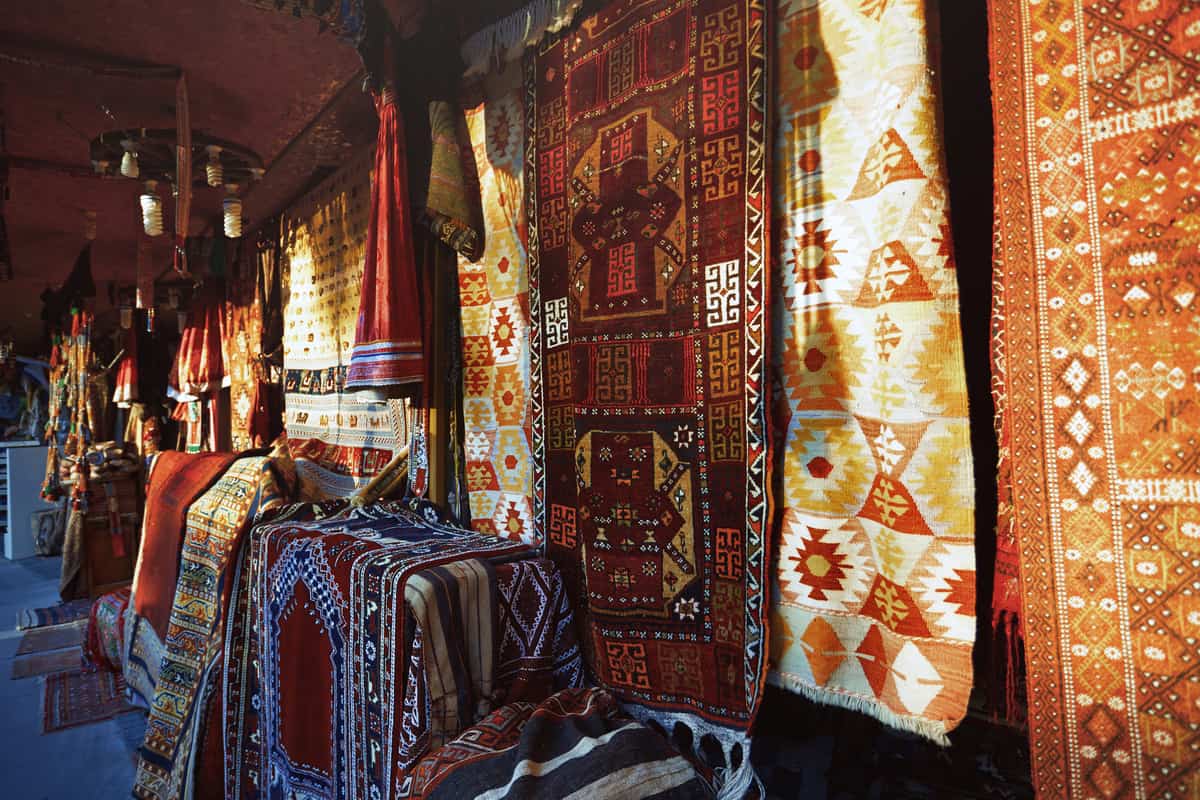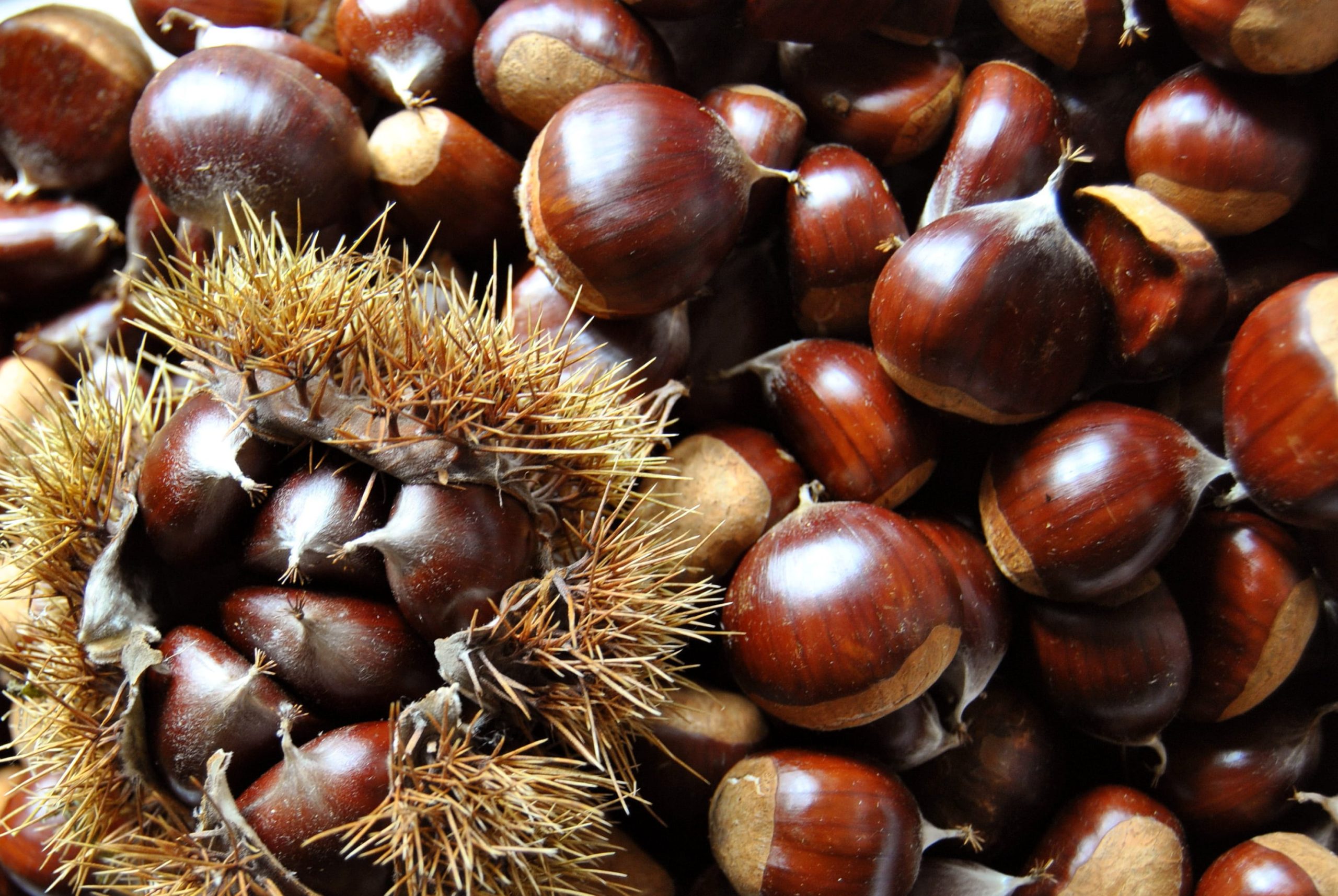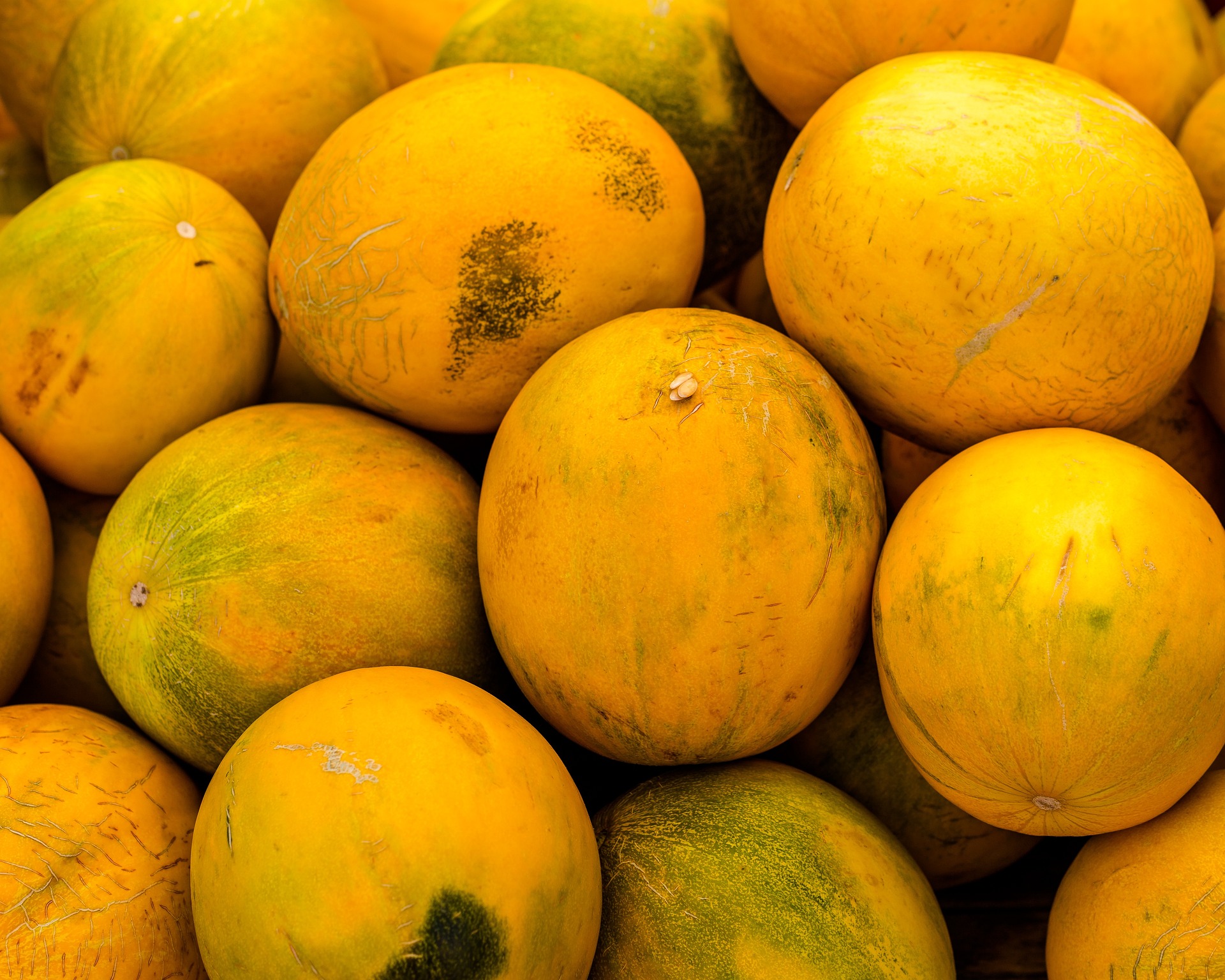The History of World Famous Turkish Carpet

Carpet has been one of the most important household needs of mankind for centuries. On the other hand, it is the Turks who give each space a distinctive ambiance through the carpets that adorn the tiles and parquet. World-famous Turkish carpets and kilims reflect a great history.
It is thought that the origin of Turkish carpets is based on the Central Asian Turks. Carpets woven with motifs with many meanings are still very important today. When carpets are mentioned, the definition of transhumance comes to mind. The Turks, who lived in a nomadic state for a long time, woven carpets to keep their places warmer and to remember events as a memory.
To meet the ground cover requirements of people in the laying of houses, they first discovered the rug by interlacing the wool threads. It is thought that they found the carpet by knotting short woolen threads between these threads. The Central Asian Turks, who spread to every corner of the world during the migration times, also spread the carpets that reflect their memories, pain, and happiness to the world.
Although Turkish carpet culture has similar characteristics everywhere in terms of general characteristics, it varies according to the region or climate. Techniques, patterns, and even colors are shaped by culture. For example, while Turkish carpets were made of thicker wool in colder places in the past, Turks also weaved finer carpets in warm places where they migrated.
These carpets are in such demand even today that tourists usually take carpets, rugs, or woven wall coverings to their countries as gifts. So why are these carpets considered an art?
Turkish Carpet Art
Pazyryk Carpet
The oldest known carpet in history was unearthed by the archaeologist Rudenko around Pazyryk in the Altai mountains. This carpet, which was removed from the glaciers during the research, was named after the region where it was found. This carpet, which is magnificently woven in a wide variety of colors, was first shown to the public in 1953.
The exact chronological date of the Pazirik Carpet is still controversial. By looking at details such as mummified items, the dead, and burial styles in the kurgan found with the carpet, historians guess that this carpet is based on the Asian Huns. The fact that even the motifs of this carpet, which are thought to date back to the 3rd century, can still be examined, shows how artistic its quality is.
East Turkestan Carpets
About 45 years before the Pazirik Carpet was discovered, Hungarian-British archaeologist Aurel Stein found knotted carpet pieces from the 3rd and 4th centuries in Lou-Lan, west of East Turkestan’s Lop lake.
These are unpainted wool-woven nodes that are displayed at the British Museum and the New Delhi Museum in India. Some parts have matte-colored flowers, like blue, brown, and diamond patterns.
Abbasid Period Carpets
It is known that the knot technique was brought to the West at the time when the Abbasid dynasty, which ruled the Islamic State, founded the city of Samarra. Carpet samples found in excavations thought to belong to the Abbasid Period are exhibited at the Cairo Museum, the Gotheburg Röhss Museum in Sweden, and the Stockholm National Museum.
Furthermore, one of the two Kufic inscriptions found in the Cairo Arab Museum is thought to have been woven in 818. The third piece with the Kufic inscription is on display at the Washington Textile Museum.
Seljuk Period Carpets
With the conquest of Anatolia, the culture of the Turks is both spread and diversified. It is not thought to be a clear example of the Seljuk carpet in history. But in 1905, the Explorer Martin Konya gave his book to carpet figures in the Alaaddin Mosque.
While animal figures are not known to have been used in the late Seljuk period, a carpet thought to be Tibetan was on display at the New York Metropolitan Museum. It became a little more definite with the work shared by Martin, in which the techniques in this carpet are identified with the Seljuk Period. Although it is still not certain, it is stated that Seljuk carpets date back to the 13th century and there are periods when animal figures are found. Seljuk carpets are among the carpets that are thought to show the most developmental stage.
Ottoman Carpets
The techniques and motifs of Anatolian carpets underwent a significant change following the Fatih era in 1451. Ottoman carpets dating to the 16th century often feature exaggerated plant designs. Carpets started to be separated into two categories in the 17th century: Uşak Carpets and Palace Carpets. Uşak carpets, which started to be produced in the 16th century, are among the most exported carpets to Europe.
On the other hand, Palace Carpets are an interpretation choice that surfaced in the final decades of the 16th century. This carpet is dominated by the naturalistic leaf and blossom designs that were inspired by Ottoman art from the 16th century. These priceless carpets were soft as velvet and were woven with luxury.
Carpets are constantly improving. II in 1881. Abdülhamit has set up 100 carpet stalls. So the world-famous Hereke carpets began to touch.
The production of traditional carpets is still going on in the Konya, Kayseri, Sivas, and Karşehir districts. Additionally, the carpets made in Western Anatolia’s Isparta, Fethiye, Balkesir, Uşak, Bergama, Kula, Milas, and Canakkale are quite well known. Studies for the preservation of the traditional Turkish carpet art in the regions of Kars and Erzurum are ongoing in Eastern Anatolia.
The Most Famous Turkish Motifs
There are more than 20 motifs in Turkish carpet motifs. Each has its meaning and message. Here are the five most used motifs:
Scorpion: With this motif meaning death, nomadic Turks believed that they were protecting themselves from death and evil.
Abundance: The fertility motif is the name of many groups. Many motif shapes, from trees to fruits, symbolize fertility. It is also thought to be a symbol of femininity.
Bukağı: This motif, named after the bukağı word used to prevent the horses from escaping, symbolizes devotion. It represents the devotion of lovers who love each other. In the old days, young girls used to show their love in this motif.
Hand/ Finger/ Comb: The comb is supposed to symbolize fertility, the finger is thought to be a talisman, and the hand is thought to symbolize fertility. These motifs, which are frequently employed together, convey an efficiency that will not be compromised by their combination and that should remain constant.
Eye and Waterway: The waterway motif, which reflects nobility and virtue, is often used together with the eye motif, which is thought to protect from the evil eye.




